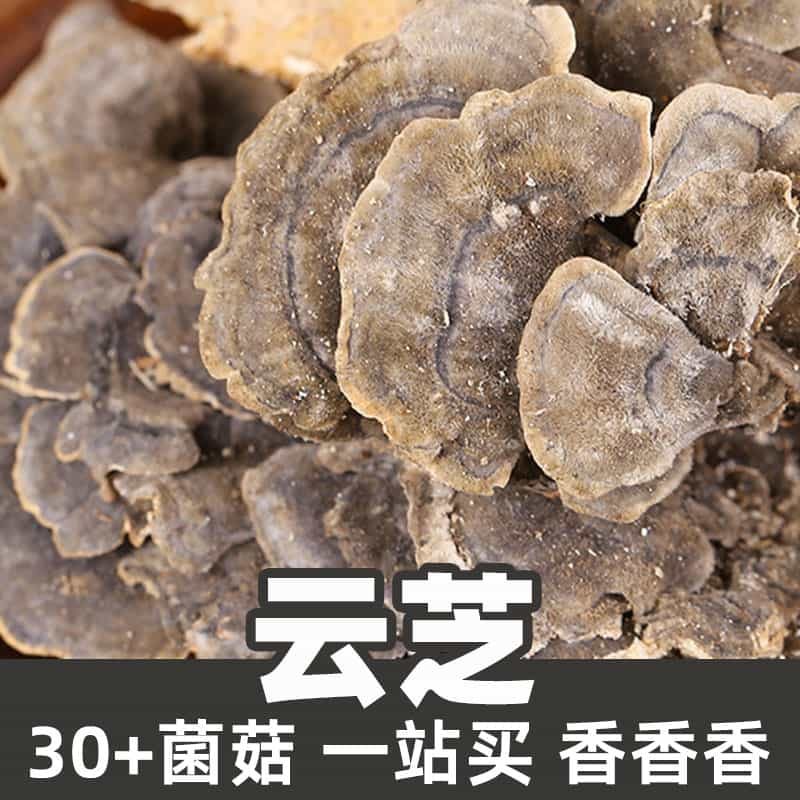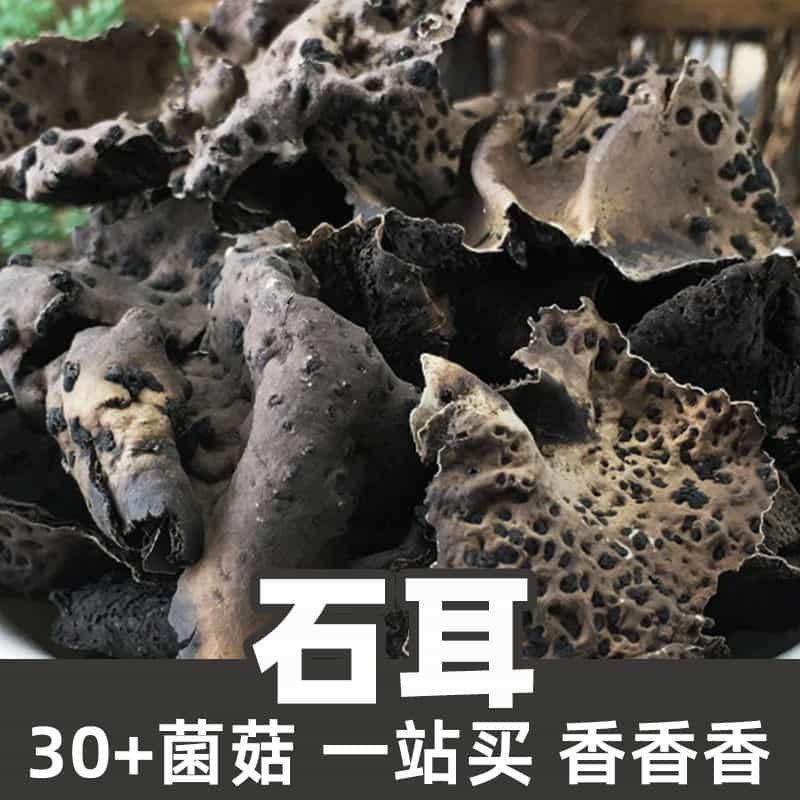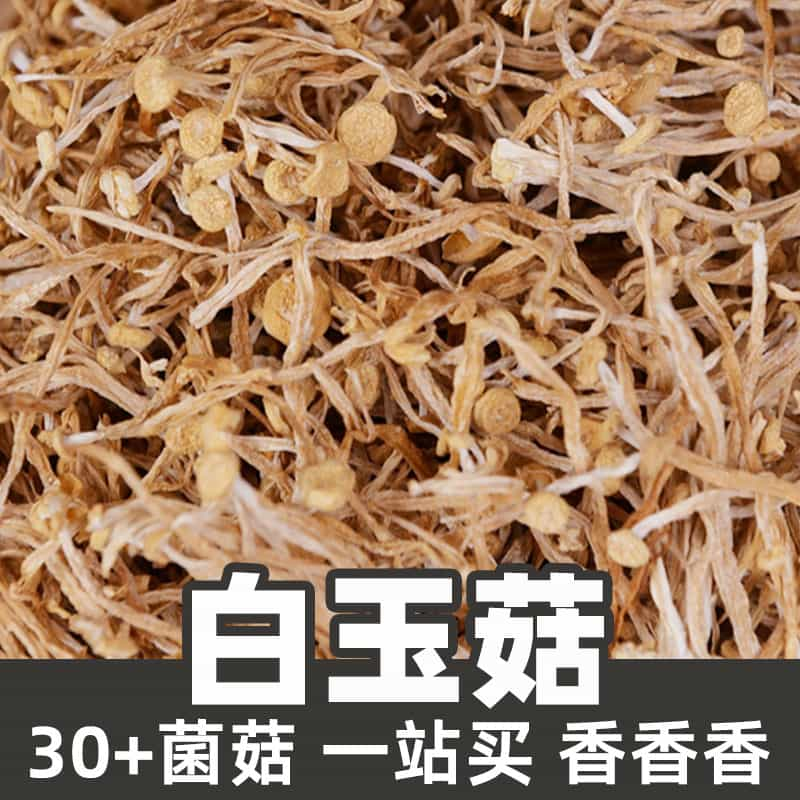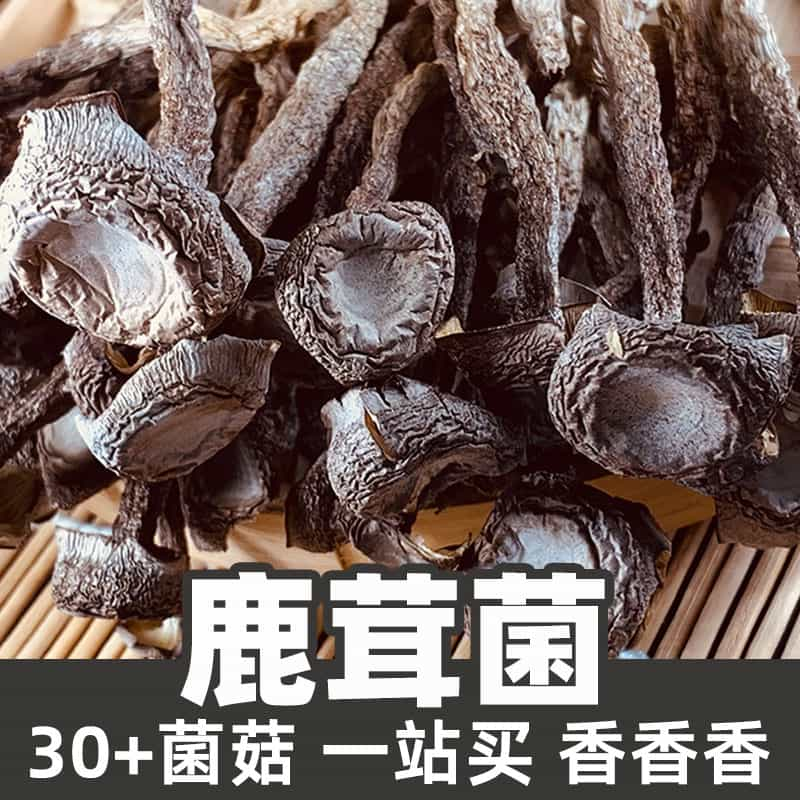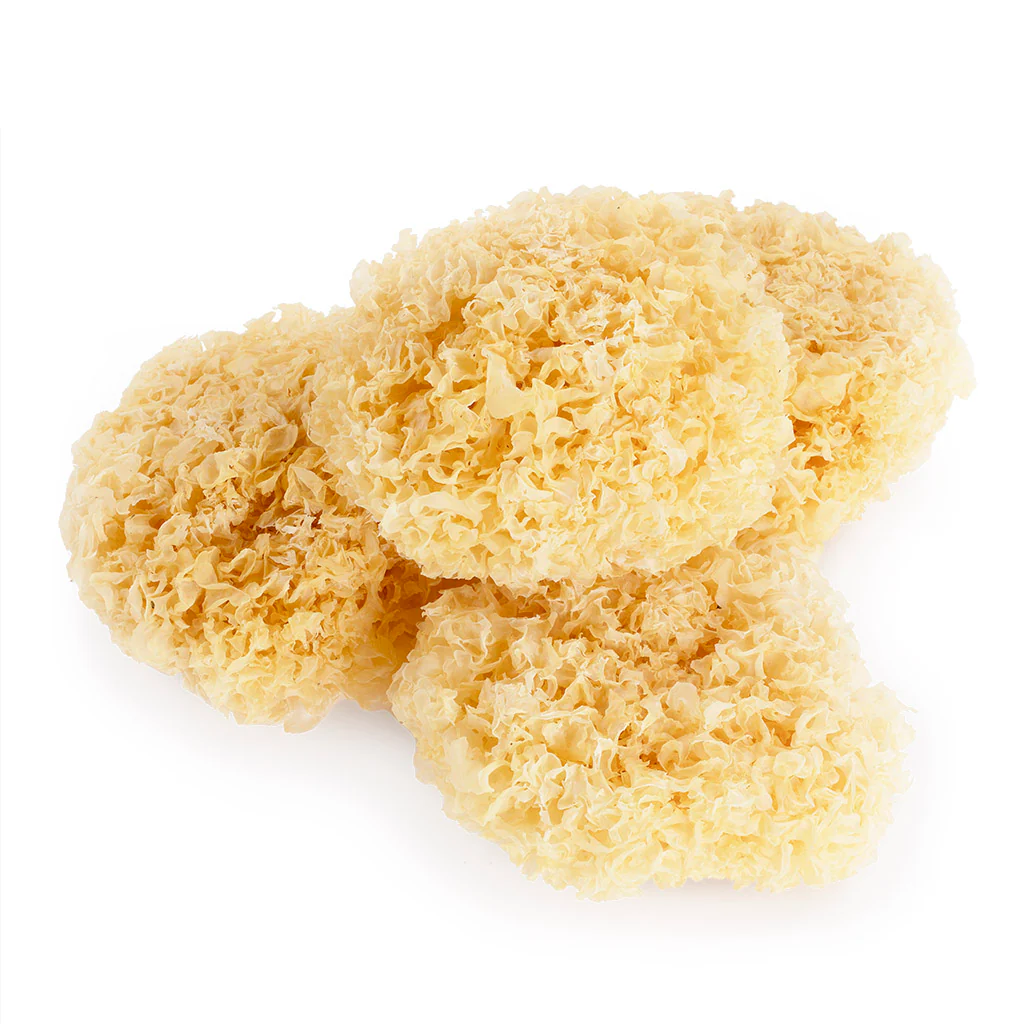Dictyophora, also known as the Ghost Mushroom, has intrigued mycologists and herbalists for its unique appearance and various uses. It is commonly found in tropical and subtropical areas, where it grows in rich organic matter. The mushroom is recognized for its distinctive umbrella-like cap, which is covered with a lace-like veil that hangs down from the cap. This veil not only adds to its visual appeal but also serves a functional purpose, allowing the release of spores. Historically, Dictyophora has been used in traditional medicine, attributed to various health benefits, including antimicrobial and antioxidant properties. In culinary practices, some regions value it as a delicacy, incorporating it into different dishes for its unique flavor profile. The mushroom’s unique morphology and range of applications make it a subject of interest in both scientific research and gastronomy. Understanding its nutritional composition and potential health benefits further adds to its allure as a multifaceted organism worthy of exploration.
The key active ingredients in Dictyophora include polysaccharides, flavonoids, and essential amino acids. Polysaccharides, primarily responsible for many of the mushroom's health benefits, are known for their immune-boosting properties. They enhance immune response and combat inflammation. Flavonoids present in Dictyophora exhibit antioxidant properties, helping to neutralize free radicals in the body and potentially reduce the risk of chronic diseases. Essential amino acids, a fundamental building block of proteins, contribute to overall health by supporting muscle repair and growth. Furthermore, this mushroom contains small amounts of vitamins and minerals, including B vitamins, which play a vital role in various metabolic processes. Research indicates that the bioactive compounds in Dictyophora exhibit antimicrobial activity, making it a candidate for therapeutic applications. These properties make Dictyophora not only nutritionally valuable but also significant in traditional and modern medicinal practices.
Dictyophora mushrooms find themselves integrated into various application scenarios. In traditional medicine, herbalists utilize this mushroom for its purported ability to enhance overall well-being. Its preparation often includes making teas or extracts, which are then consumed for their health benefits. In culinary use, chefs appreciate the unique flavor and texture of Dictyophora, often using it in gourmet dishes or mushroom blends. Its aesthetic appeal also makes it a fascinating addition to decorative culinary presentations. Additionally, the mushroom has potential applications in the health food sector, where it may be included in dietary supplements aimed at supporting immune health and overall vitality. Research continues to explore its benefits further, examining its efficacy in various health conditions. Furthermore, academic institutions and research facilities study Dictyophora to understand its compounds' potential therapeutic uses, contributing to the growing field of functional foods.
Dictyophora thrives in a specific growth environment, preferring humid, tropical, and subtropical habitats. It typically grows in areas rich in organic matter, such as decaying wood, leaf litter, and forest floors. These conditions provide the necessary nutrients for the mushroom to develop. Geographic distribution primarily includes regions in Asia, particularly in countries like China and Japan, and it can also be found in parts of Central and South America. The mushroom's preference for specific forest ecosystems influences its availability, often making it seasonal. Environmental factors such as humidity, temperature, and soil composition significantly impact its growth. Mycologists study these conditions to understand better how to cultivate Dictyophora artificially, which may allow for a more reliable supply in the market. Such cultivation efforts could also assist in preserving its natural habitat by reducing the need for wild harvesting.
Harvesting Dictyophora requires careful techniques to ensure the quality and sustainability of the mushroom. It is typically harvested by hand, with foragers carefully cutting the stem to avoid damaging the surrounding organism. This method helps maintain the health of the mushroom's natural habitat and encourages future growth. Once harvested, Dictyophora must be processed quickly to preserve its delicate structure and flavor. It is often cleaned of any debris and dirt while being handled gently to prevent bruising. After cleaning, the mushroom can be dried to extend its shelf life, a common practice that enhances its flavor profile. Proper drying techniques, such as air drying or using a low-temperature dehydrator, are essential to maintain the quality of the mushroom. For storage, Dictyophora should be kept in airtight containers in a cool, dry place, shielding it from moisture and direct sunlight. When stored correctly, the assessed shelf life can range from several months to a year, making it accessible for culinary and medicinal uses over time.
Monica Sun is a seasoned expert in the natural raw materials industry, with over a decade of experience specializing in traditional Chinese medicinal herbs, spices, and fungi. She is skilled in the sourcing, processing, and application of these materials, emphasizing sustainability and innovation. Monica Sun has contributed to the development of high-quality natural raw materials that serve as essential components in functional foods, pharmaceuticals, and cosmetics, delivering tailored solutions to meet diverse market needs.









